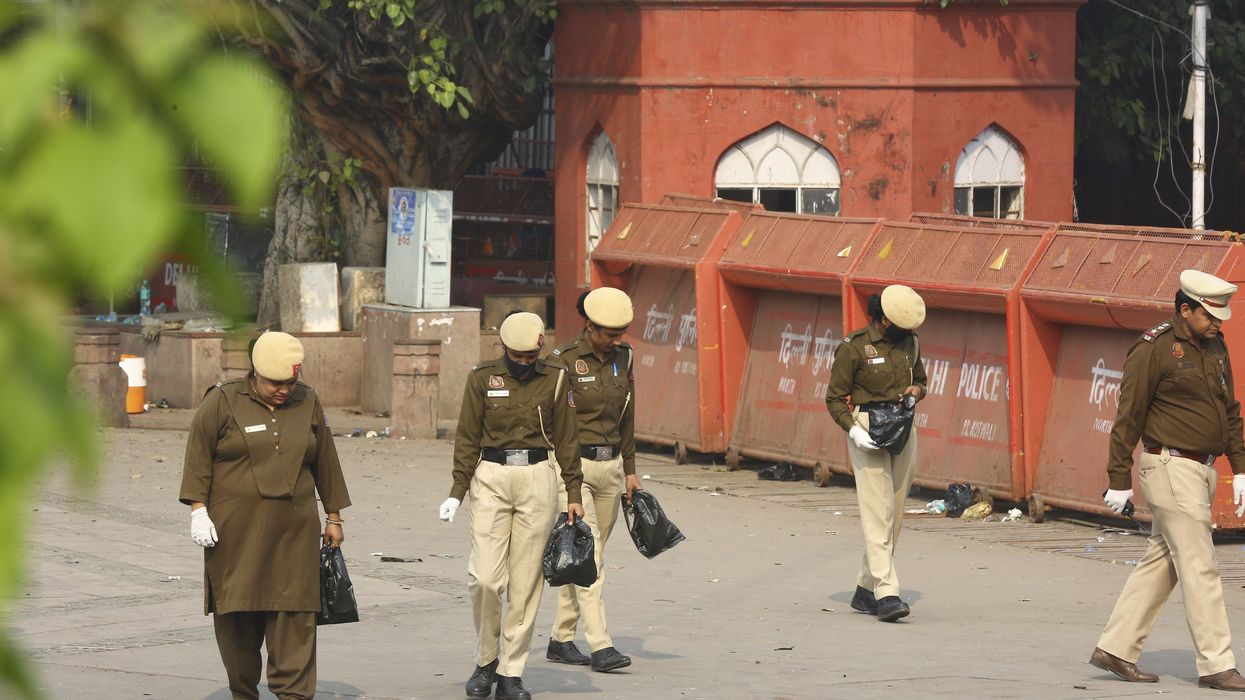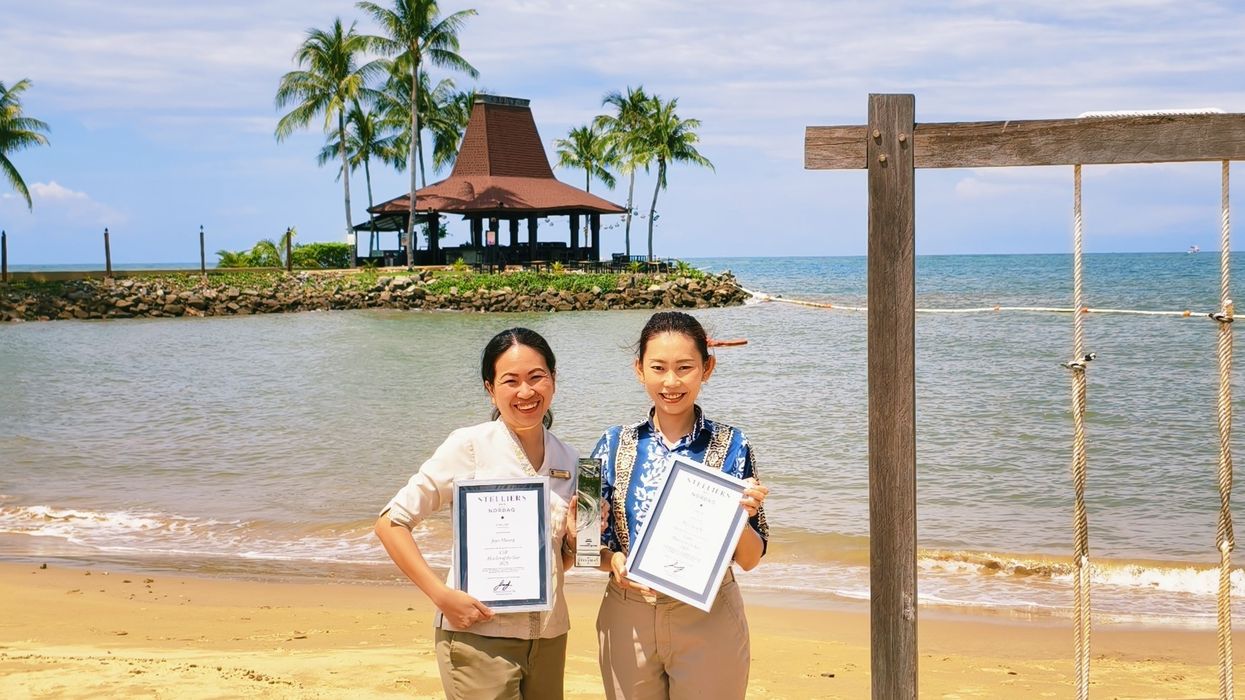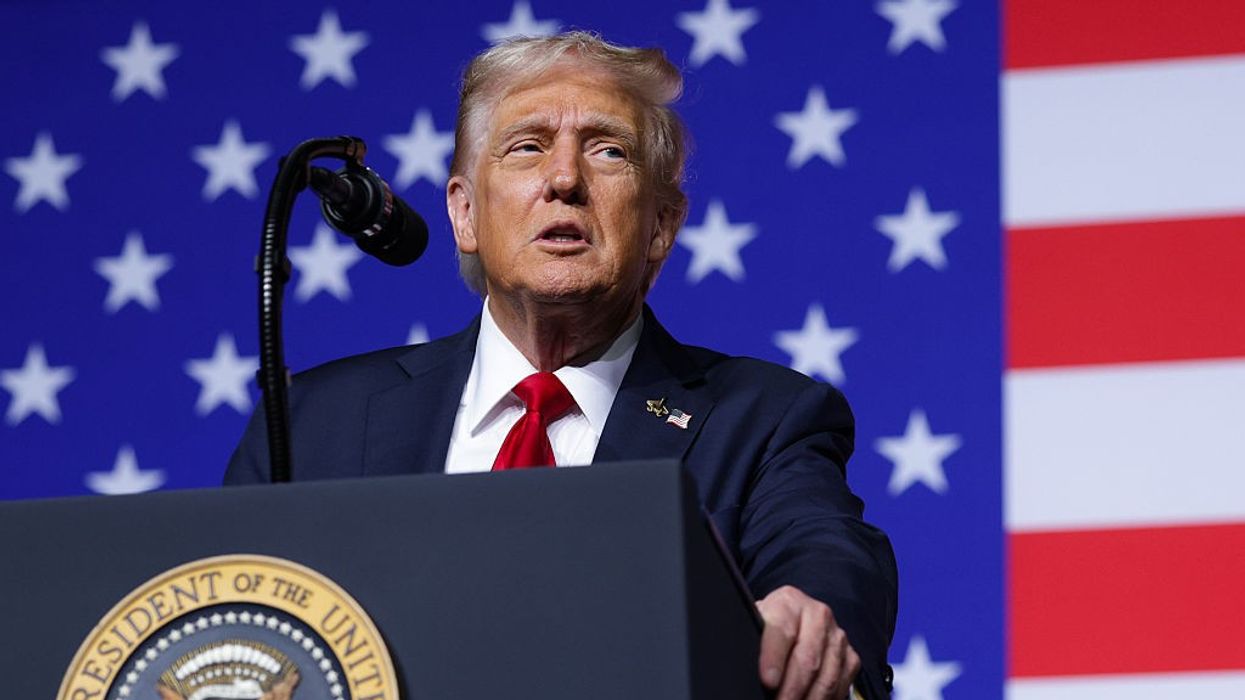OMAN is ramping up efforts to attract international tourists, including Indians, as it aims to attract over 11 million visitors annually by 2040, a top Omani official said in Muscat.
Highlighting the deep historical ties between Oman and India, Mohamed bin Mahmoud al Zadjali, adviser to the minister of Heritage and Tourism for Engineering Affairs, noted that Indian tourists are a priority visitor group.
“We rely heavily on Indian tourists, who are among our primary visitor groups consistently exploring various locations in Oman,” Zadjali told PTI Videos.
To build loyal client base in India, Oman is promoting corporate travel and destination weddings, targeting the 'Meetings, Incentives, Conferences, and Exhibitions' (MICE) sector.
The sultanate welcomed around 600,000 Indian tourists in 2023 – about 15 per cent of total tourists, out of a total of 4 million tourists.
This is a 38 per cent increase from the previous year, and Indian visitors have played a vital role.
“Collaboration with local communities has been central to our efforts since the 1970s, preserving castles, traditional markets, and cultural landscapes while fostering sustainable economic growth,” Zadjali said.
Oman’s tourism strategy aligns with Oman Vision 2040, which targets 11.7 million international tourists annually.
The ministry is also banking on India’s growing outbound tourism market to meet its 2030 goal of 6 million tourists.
Zadjali also highlighted Oman’s unique approach to sustainable tourism, exemplified by the Oman Botanic Garden, a flagship project under the Ministry of Heritage and Tourism.
“Our vision is to preserve Oman’s rare and endangered plant species, with 1,457 plants collected, including 100 species unique to the region,” he said.
The project was initiated in 2006 under the late Sultan Qaboos bin Said al Said’s directives and supported by Sultan Haitham bin Tarik.















